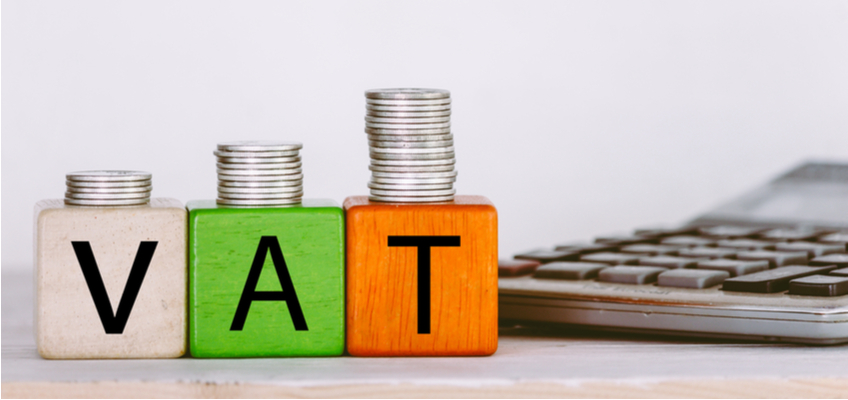
Preparing for European VAT Reforms: What You Need to Know
We are currently in a climate of global change. In 2020 alone, we’ve seen huge changes in the way we work, socialise, and spend our money, to name just a few. Besides the pressures brought on by COVID-19, European eSellers are also in the middle of navigating the complex legislative changes that Brexit will bring as well as long overdue European VAT reforms.
In this blog post, we’ll outline what these EU VAT Reforms are, why they’re needed and the key changes you need to be aware of.
EU VAT Reforms?
As you’ll be forgiven for being unfamiliar with European VAT reforms, allow us to explain.
On July 21, 2020, the European Commission, as part of the VAT eCommerce package, will implement broad changes to the way VAT is collected across the EU. By July 2021 they aim to be in full force and apply to all those selling goods to EU consumers.
The primary reason for these reforms is the desperate need to tackle VAT fraud and decrease the growing VAT gap (i.e. the difference between the expected VAT revenue and the actual amount collected). To give you an idea of how big this gap is, the 2019 VAT Gap Report revealed €137 billion, or over 11%, was lost in 2017 alone!
Another reason why reforms are needed is that the current VAT system has been largely unchanged for over 25 years, so does not cater well to the booming eCommerce industry. As a result, a far more modern and streamlined approach is in the works to tackle the over-complicated EU VAT system that currently exists.
Key Changes to European VAT Requirements
The main areas of change within the proposed reforms are:
1. The One-Stop-Shop Model
Much like the current Mini One-Stop-Shop (MOSS) system, the One-Stop-Shop (OSS) will mean that a single VAT Return to declare distance sales only, can be filed through one European tax authority. The Member State with whom this return is filed will then redistribute the owed VAT to all other applicable Member States accordingly. The goal here is to increase and promote cross-border online trade across the EU by minimising compliance obligations.
2. Removal of Distance Selling Thresholds
The 2021 proposal is simplifying the rules and withdrawing the distance selling thresholds that are currently in place. This means that from July 2021, unless you are a small eCommerce business with turnover below €10,000, all sales will be taxed in the country of arrival.
3. Making Marketplaces the Deemed Supplier
To help reduce the VAT gap caused by fraud, the European Commission and marketplaces have agreed that those who ‘facilitate’ sales should be deemed as the primary supplier for certain sales. Marketplaces will be deemed supplier for VAT purposes in the two below scenarios:
- Goods sold with a value under €150
- Goods distance sold by Non-EU sellers
4. Import Scheme for Low Value Consignments
Previously a VAT exemption was allowed for small consignments entering Europe under a value of either €10 or €22, depending on the country. Going forward, this will be completely abolished in order to level the playing field between EU and non-EU sellers.
In addition, the introduction of an ‘Import-One-Stop-Shop’ (IOSS) will enable the reporting of consignments below €150. VAT should then be charged by the seller at the point of sale and later declared on their IOSS form. This will, hopefully, create a simplified system at customs and enable products to reach customers without delay.
What You Need to Do
So, what action should you be taking to ensure your eCommerce business is ready for these reforms? We reached out to global eCommerce Accountants and VAT experts, AVASK Accounting & Business Consultants, for some advice.
“Firstly, don’t panic.” Says Alex Lyon, Accounting Operations Manager at AVASK. “As always, it’s important to maintain current VAT records and accounts as you will still need a VAT number in all countries where stock is being warehoused and to account for local sales. You will also need to ensure VAT accounts are up to date as there will be increased exposure across all EU tax authorities.”
That said, ensuring VAT payments are done correctly is important so do make sure to understand your local VAT obligations.
Payoneer has made it easier than ever for sellers to settle their VAT obligations to the European authorities directly from within their account page, with no transfer fees! Click here for full instructions.




